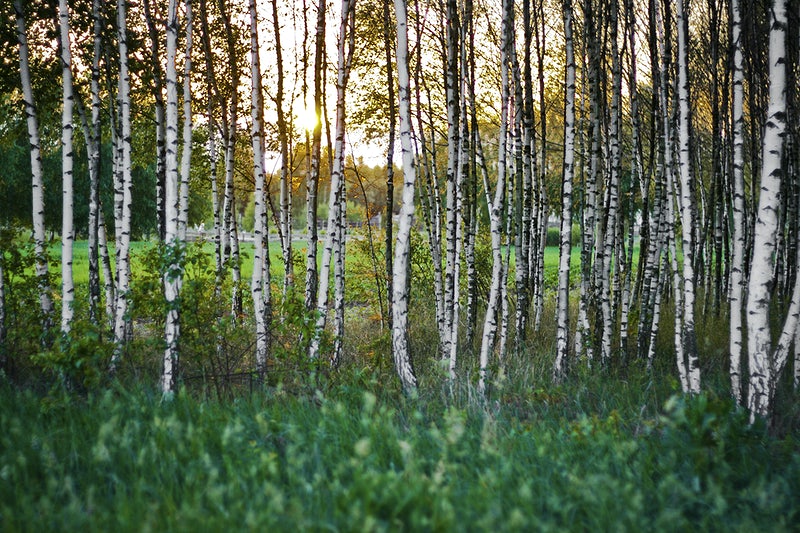|
Seasonal Allergic Rhinitis/Pollen Allergy is most commonly known as hayfever and is triggered by a negative immune system response to grass, tree and plant pollen.
Hayfever symptoms usually present themselves in the spring and summer months, with different trees and plants reaching peak pollination at different times of the year. It’s important to know your triggers so you can take steps to minimise symptoms and protect yourself from pesky pollens. Pollen Allergy Symptoms Pollen allergy symptoms can be mild to severe, and may include the following:
When do UK trees pollinate? March Alder, Birch and Willow trees. April Ash, Sycamore, Oil Seedrape trees. May Oak and Pine trees. June Lime tree, grass and nettles. July Mugwort. Pollen Allergy Management In terms of medication, antihistamines are widely recommended to combat allergy symptoms and can be bought readily at pharmacies and supermarkets. These can be taken as a tablet, oral solution or a nasal spray. For those with more severe symptoms, an intranasal steroid spray may also be prescribed by your GP to help minimise discomfort and symptoms. More recently, balms which you can rub beneath your nose and around your nostrils and can be bought and used to help trap pollen before it enters your system. These mostly contain natural ingredients such as beeswax and have been received positively by those in the allergy community. Other steps you can take to help minimise symptoms include:
For information on the difference between Covid-19 symptoms and seasonal allergy symptoms, read more here. |
AuthorAneta Ivanova Archives
March 2023
Categories |
The Consulting Rooms, 38 Harborne Road, Birmingham, B15 3EB
[email protected]
Website design & content by LIT Communication: www.litcommunication.com
[email protected]
Website design & content by LIT Communication: www.litcommunication.com


 RSS Feed
RSS Feed